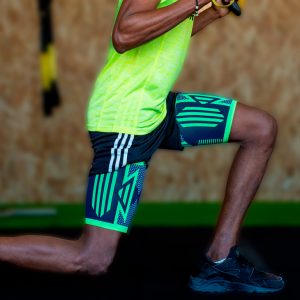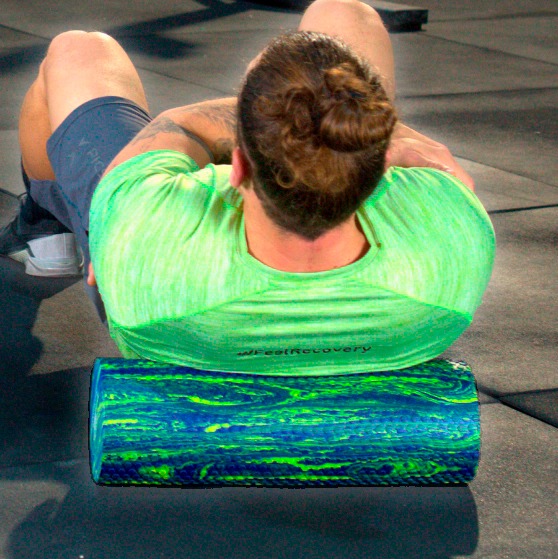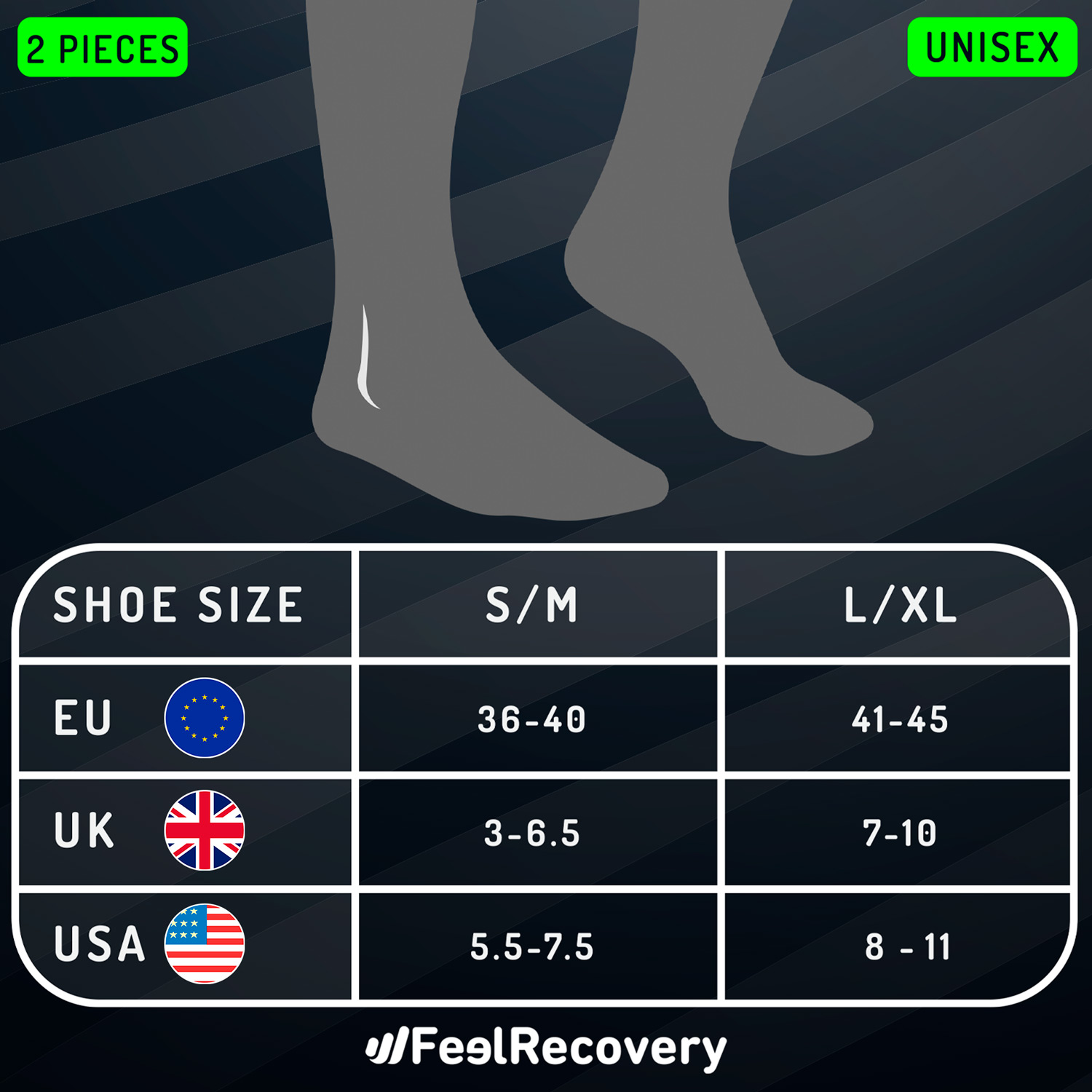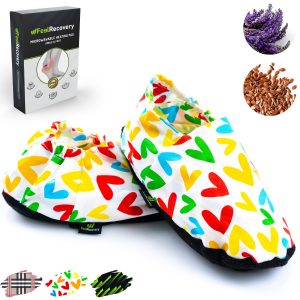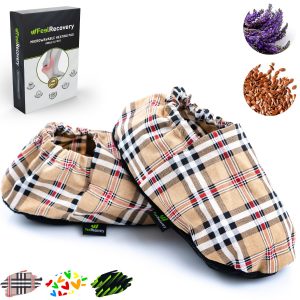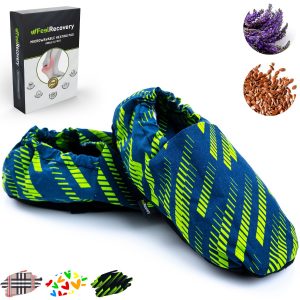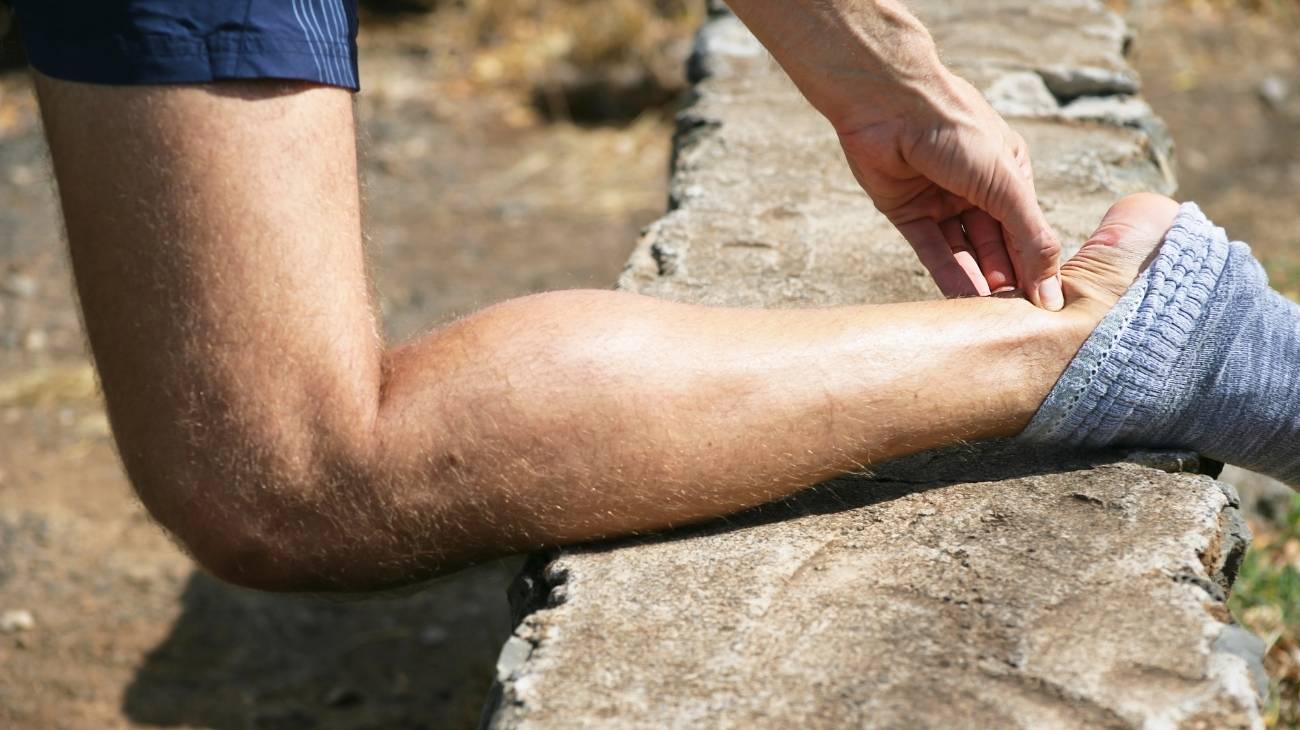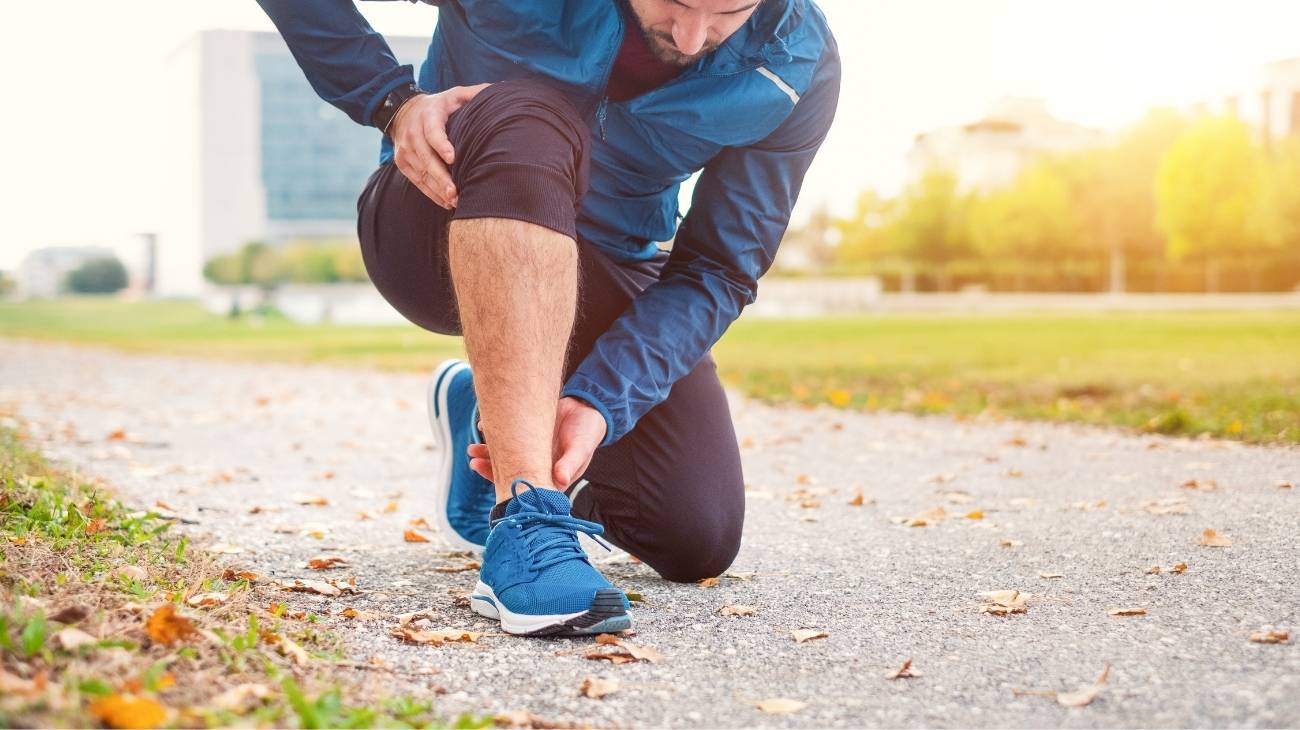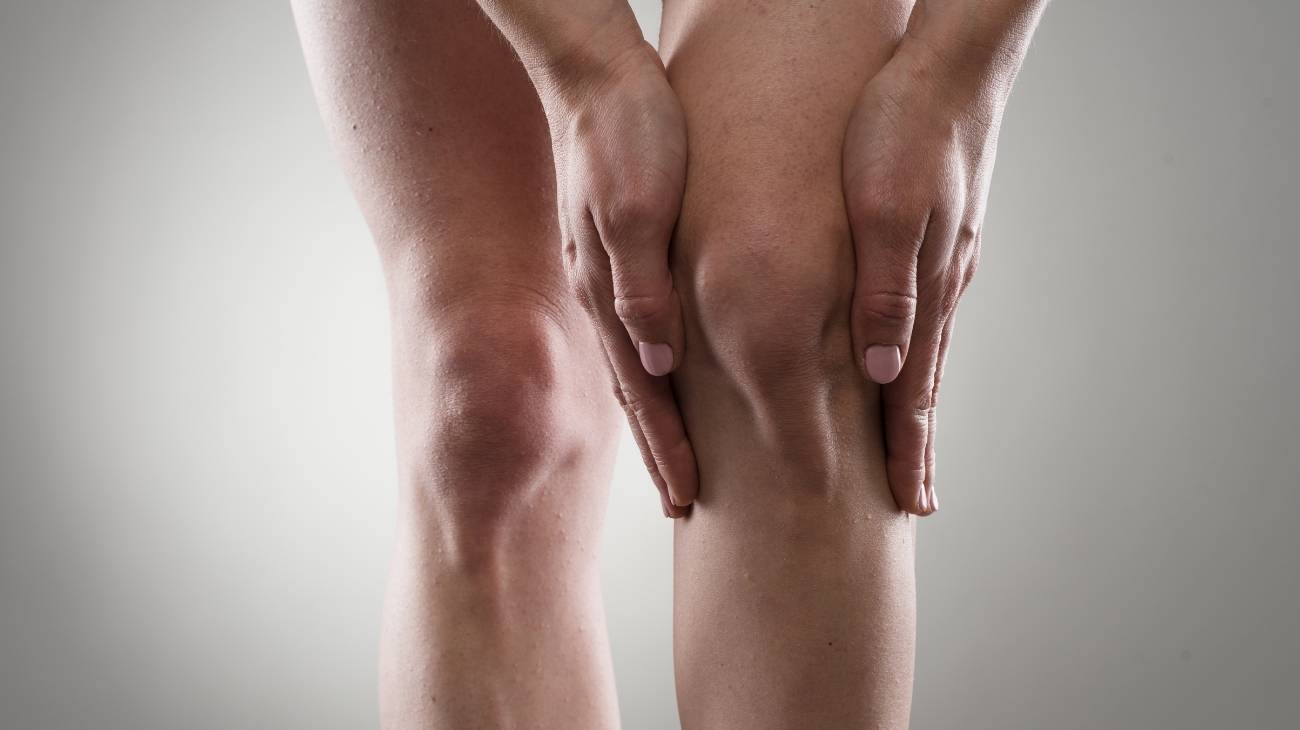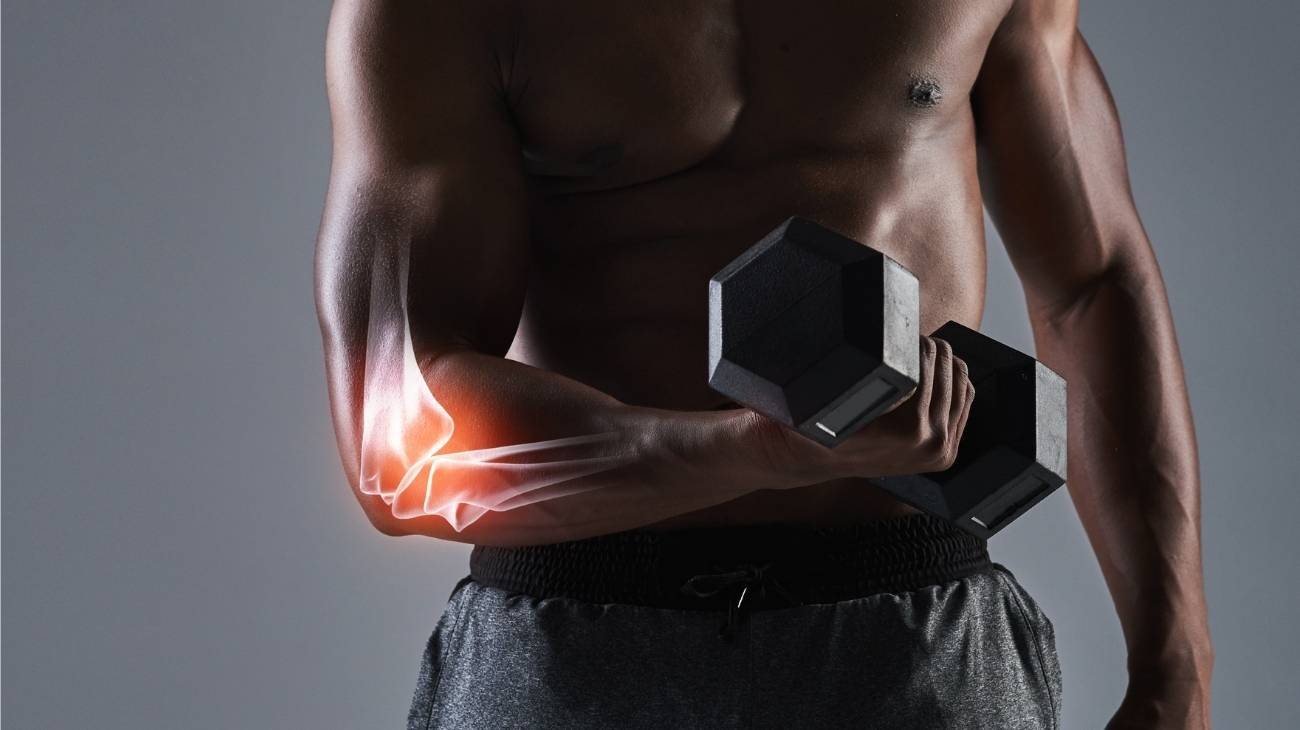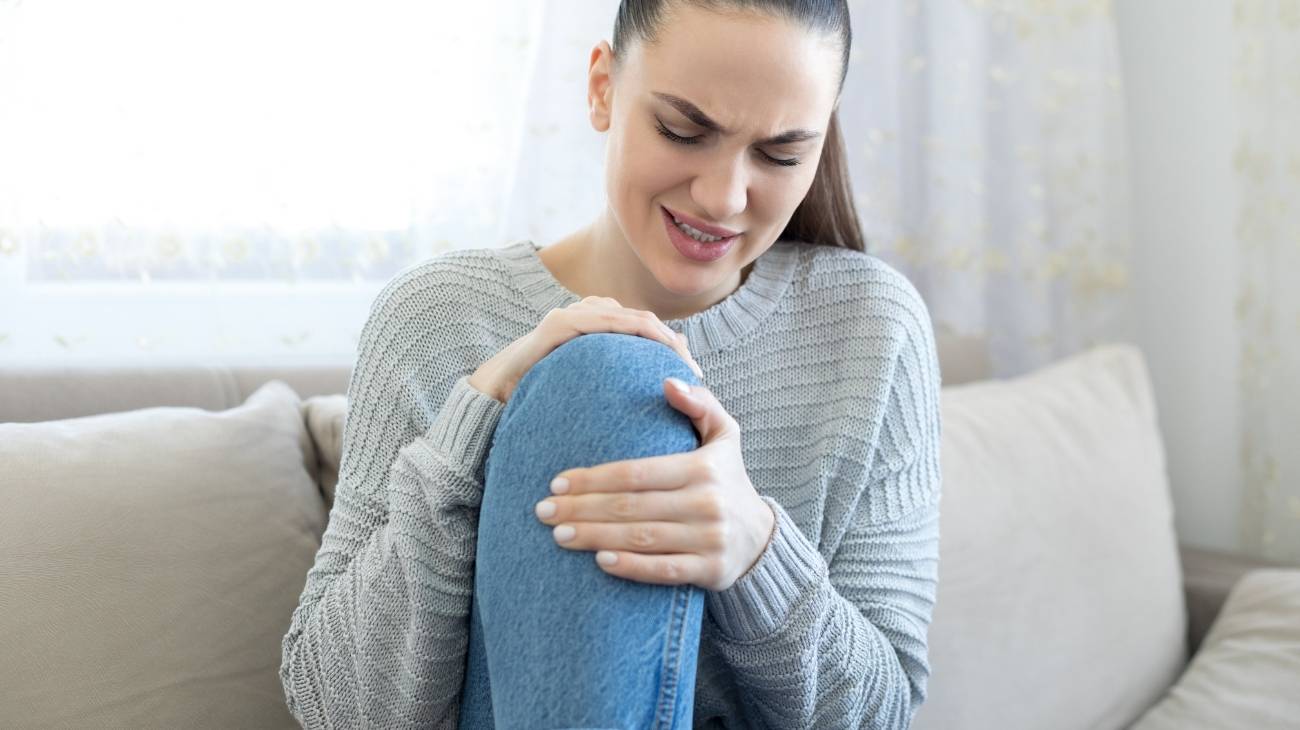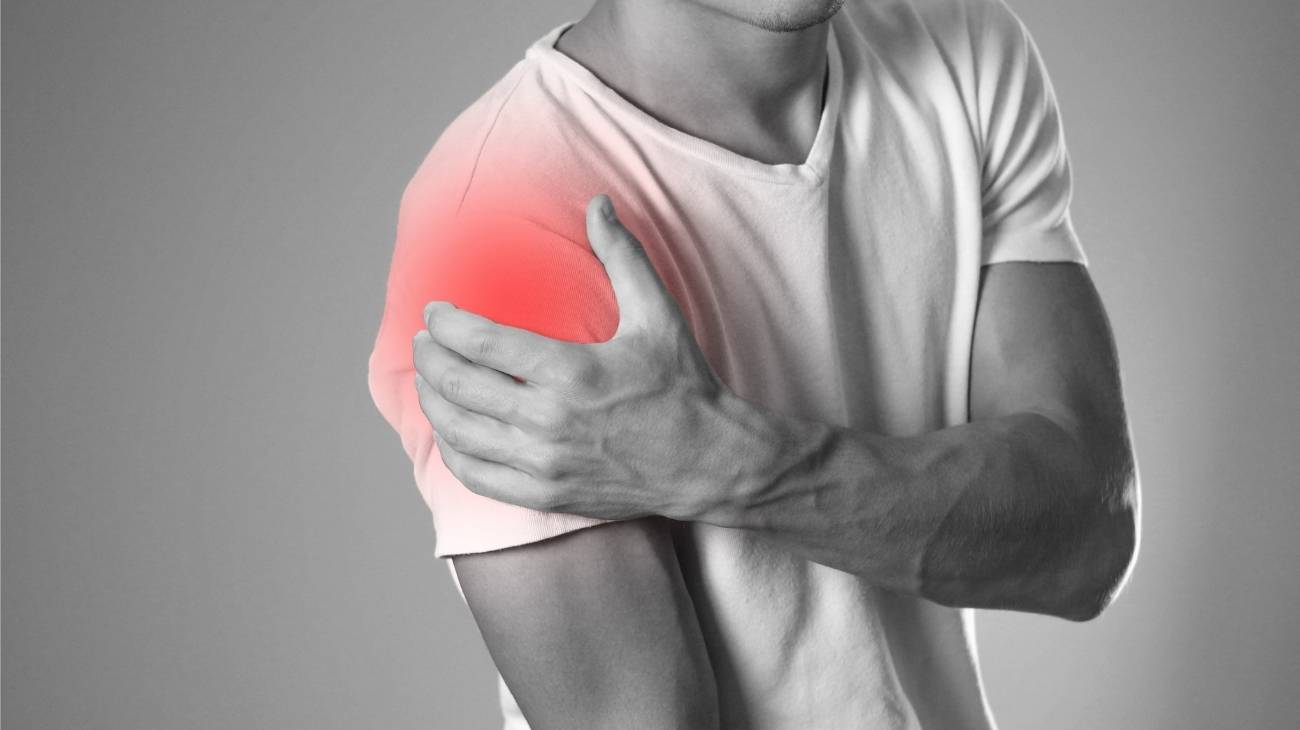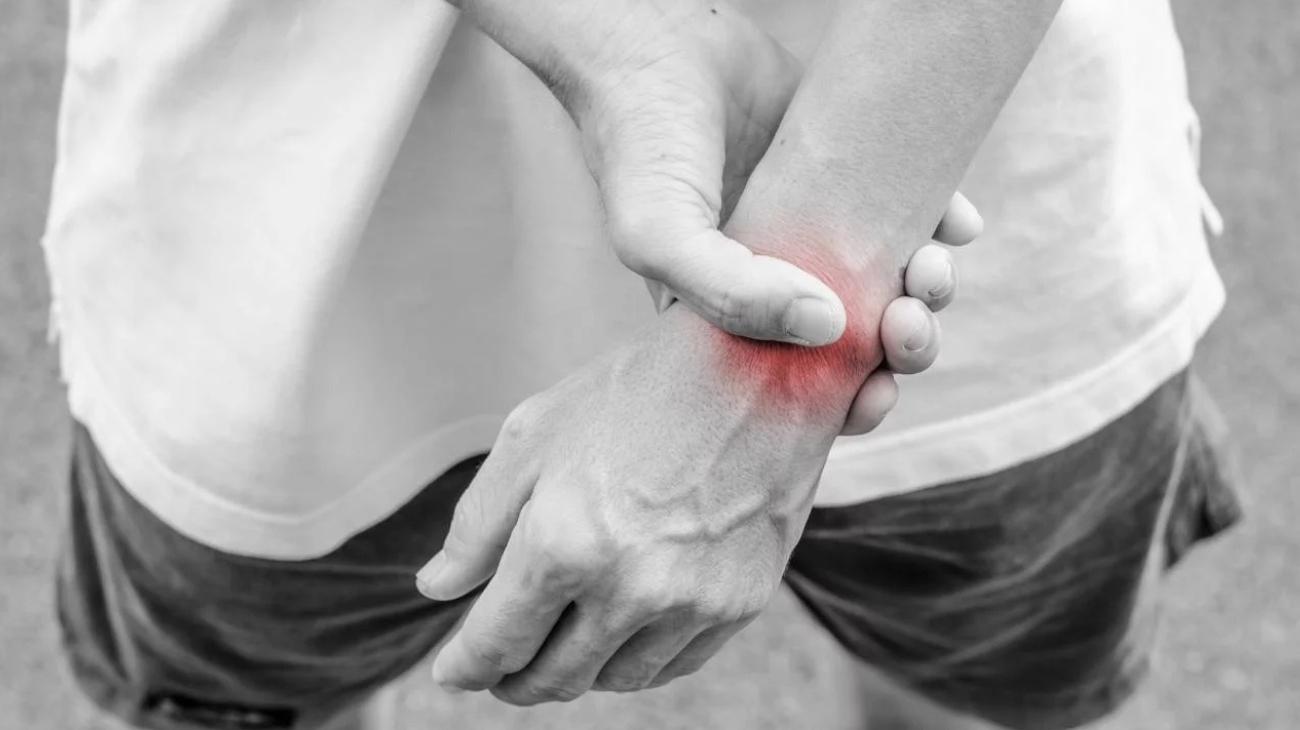Ankle tendonitis, commonly caused by overuse or repetitive strain, is characterized by pain, swelling, and limited mobility around the ankle joint. The inflammation of tendons like the Achilles or posterior tibial tendon can significantly impact daily activities and athletic performance. Timely treatment with supportive recovery tools can prevent the progression of symptoms and promote effective healing.
Compression sleeves are highly beneficial for managing ankle tendonitis. These sleeves apply consistent pressure around the joint, which minimizes swelling, enhances blood circulation, and provides stability. Improved blood flow facilitates the delivery of nutrients and oxygen, essential for tissue repair and recovery. Furthermore, compression helps reduce strain during movement, making it easier to resume daily activities.
Cold therapy is crucial during the acute phase of ankle tendonitis. Ice packs or cold wraps provide immediate relief by reducing inflammation and numbing pain. Applying cold therapy after physical activities helps control swelling and prevents additional tendon irritation.
Heat therapy is another essential tool for recovery, particularly during the later stages of tendon healing. Heat packs or wraps increase blood circulation and relax the surrounding muscles, improving flexibility and reducing stiffness. Incorporating heat therapy before performing rehabilitation exercises prepares the tendon for movement and reduces discomfort.
Massage therapy is an effective way to relieve tension and improve mobility in the affected area. Using massage rollers or similar tools can target the inflamed tendons, promoting relaxation and enhancing circulation. Regular massage therapy can reduce stiffness and prevent the buildup of scar tissue around the ankle.
Electrotherapy, such as TENS units, offers a modern approach to pain management for ankle tendonitis. By delivering mild electrical pulses, TENS devices block pain signals and encourage endorphin release, providing a non-invasive solution to pain relief. Electrotherapy can be easily integrated into daily recovery routines for sustained benefits.
Rehabilitation exercises are a cornerstone of long-term recovery from ankle tendonitis. Resistance bands are an excellent tool for strengthening the surrounding muscles and improving tendon flexibility. Gradual and controlled exercises using resistance bands not only aid recovery but also reduce the likelihood of future injuries.
To effectively manage and recover from ankle tendonitis, a combination of specialized recovery products is essential. Compression sleeves, cold and heat therapy, massage tools, electrotherapy devices, and resistance bands work together to address pain, inflammation, and weakness. Incorporating these tools into your recovery plan ensures faster healing, restored mobility, and a reduced risk of recurrence.
FAQ: Frequently Asked Questions
What are the most effective products for ankle tendonitis?
Compression sleeves, cold and heat therapy wraps, massage tools, TENS devices, and resistance bands are among the most effective products for managing ankle tendonitis.
When should I use cold versus heat therapy for ankle tendonitis?
Cold therapy is ideal during the acute phase to reduce swelling and pain, while heat therapy is recommended later to improve flexibility and prepare for rehabilitation exercises.
Can resistance bands aid recovery from ankle tendonitis?
Yes, resistance bands are excellent for strengthening ankle-supporting muscles and improving tendon flexibility, which aids in recovery and reduces the risk of reinjury.
How does compression help with ankle tendonitis?
Compression sleeves reduce swelling, enhance blood circulation, and stabilize the ankle joint, promoting faster healing and preventing further strain during movement.
Are massage tools effective for ankle tendonitis?
Yes, massage tools help reduce stiffness, improve circulation, and relieve tension in the inflamed tendons, supporting overall recovery and mobility improvement.



